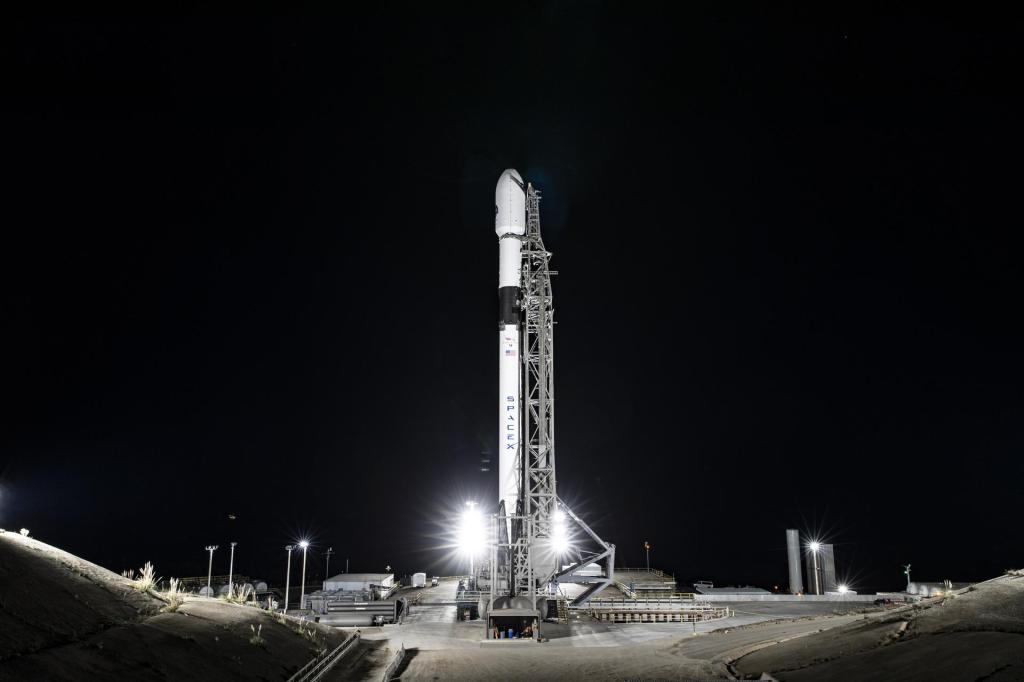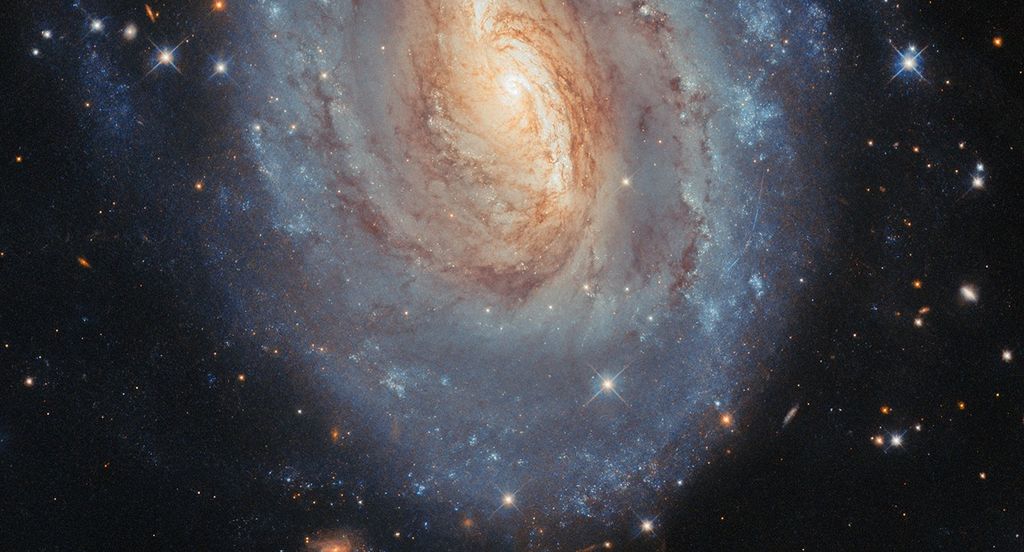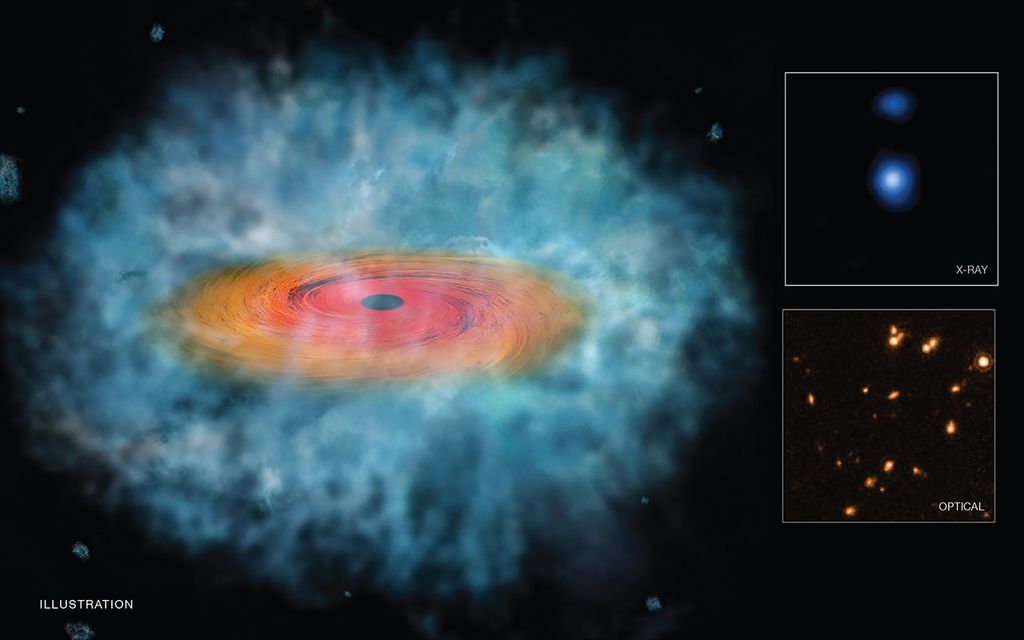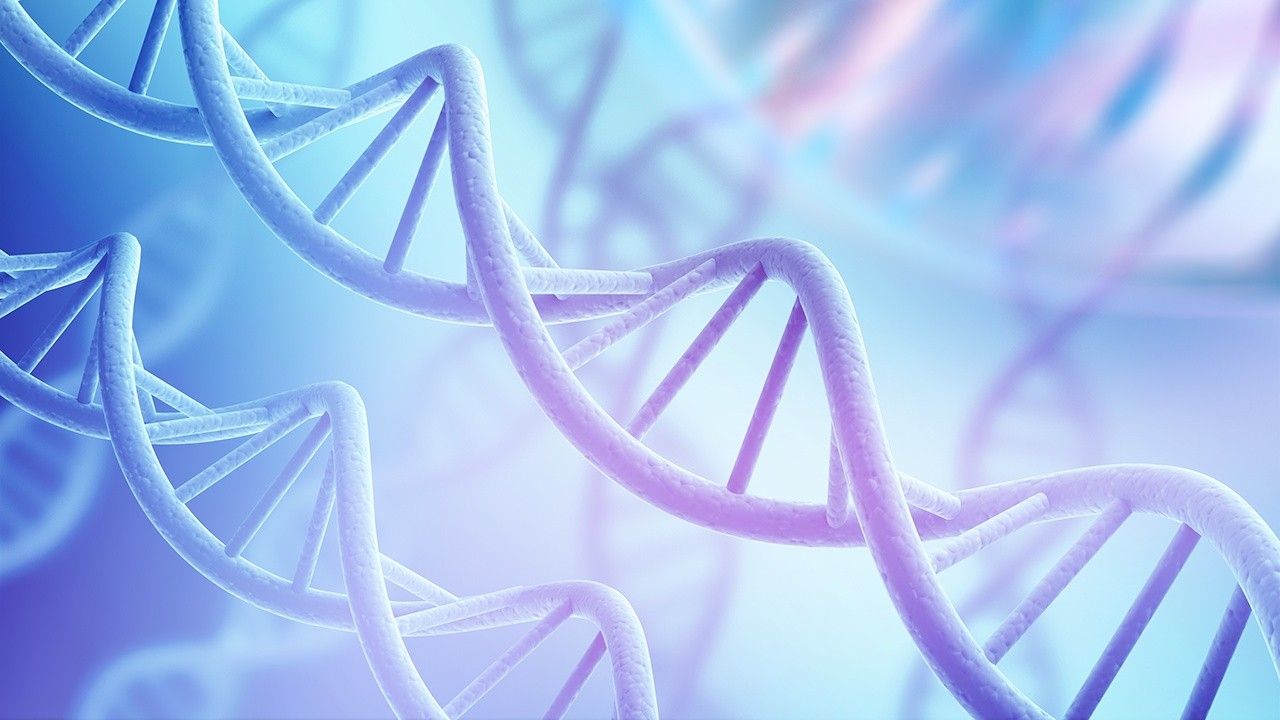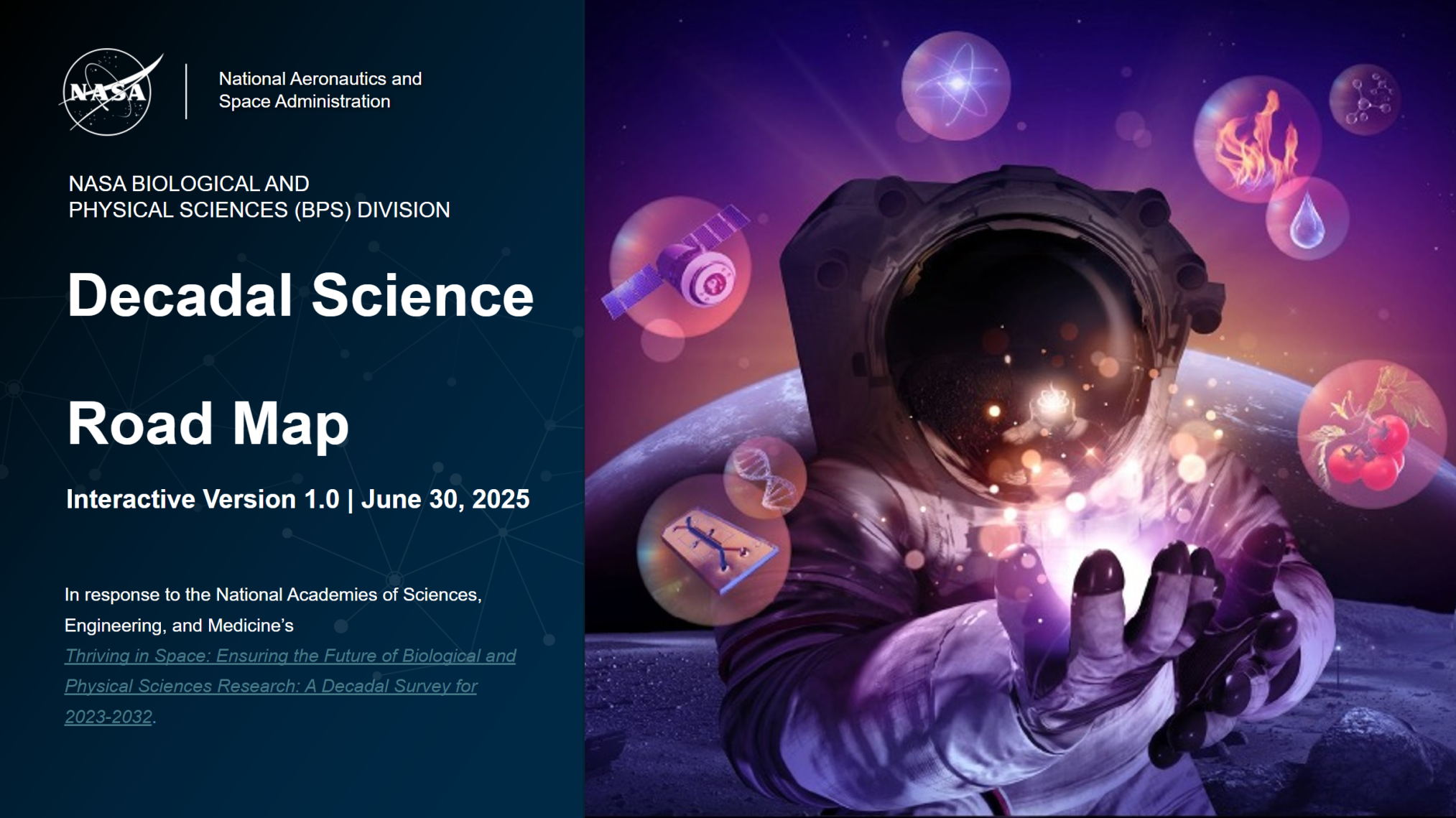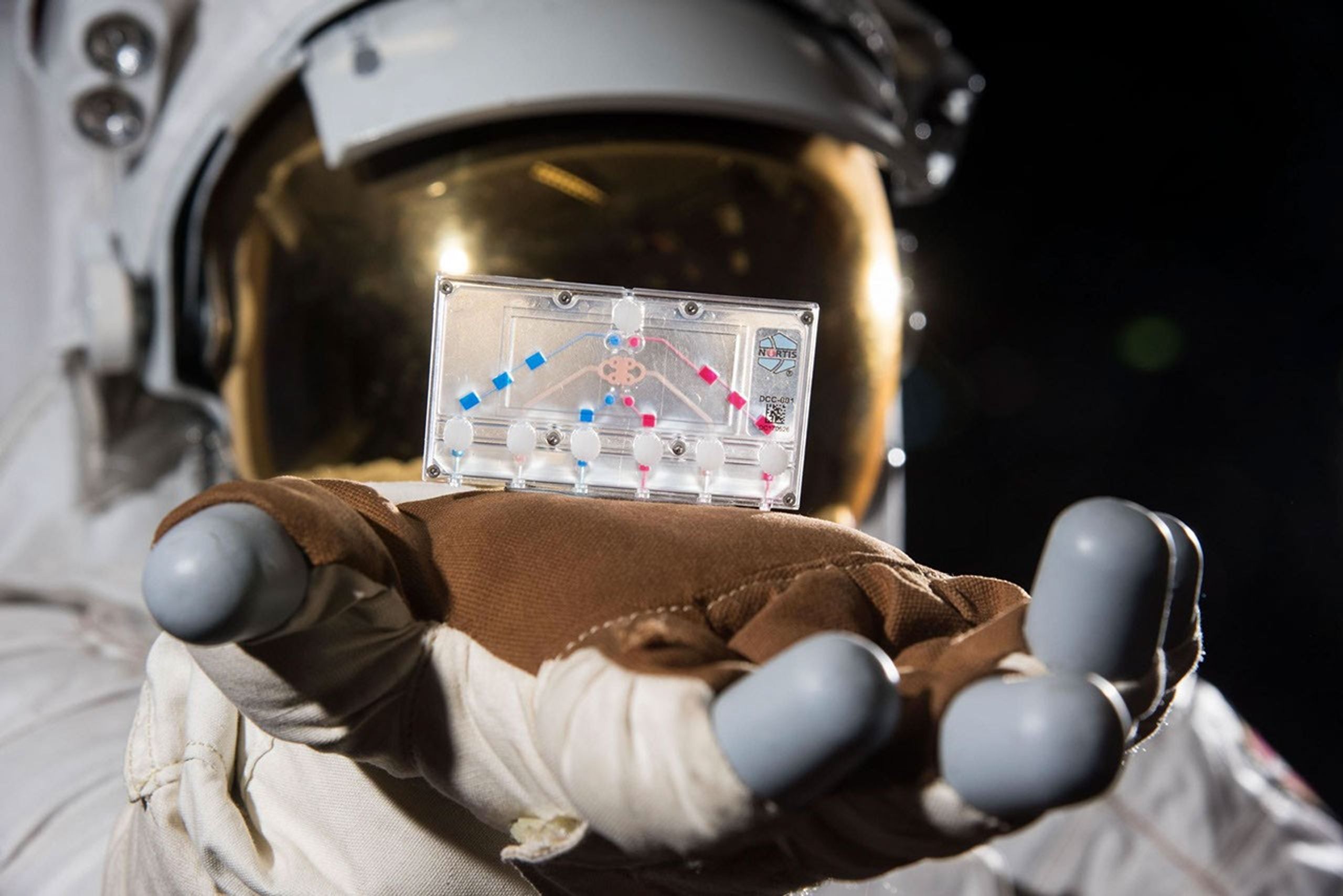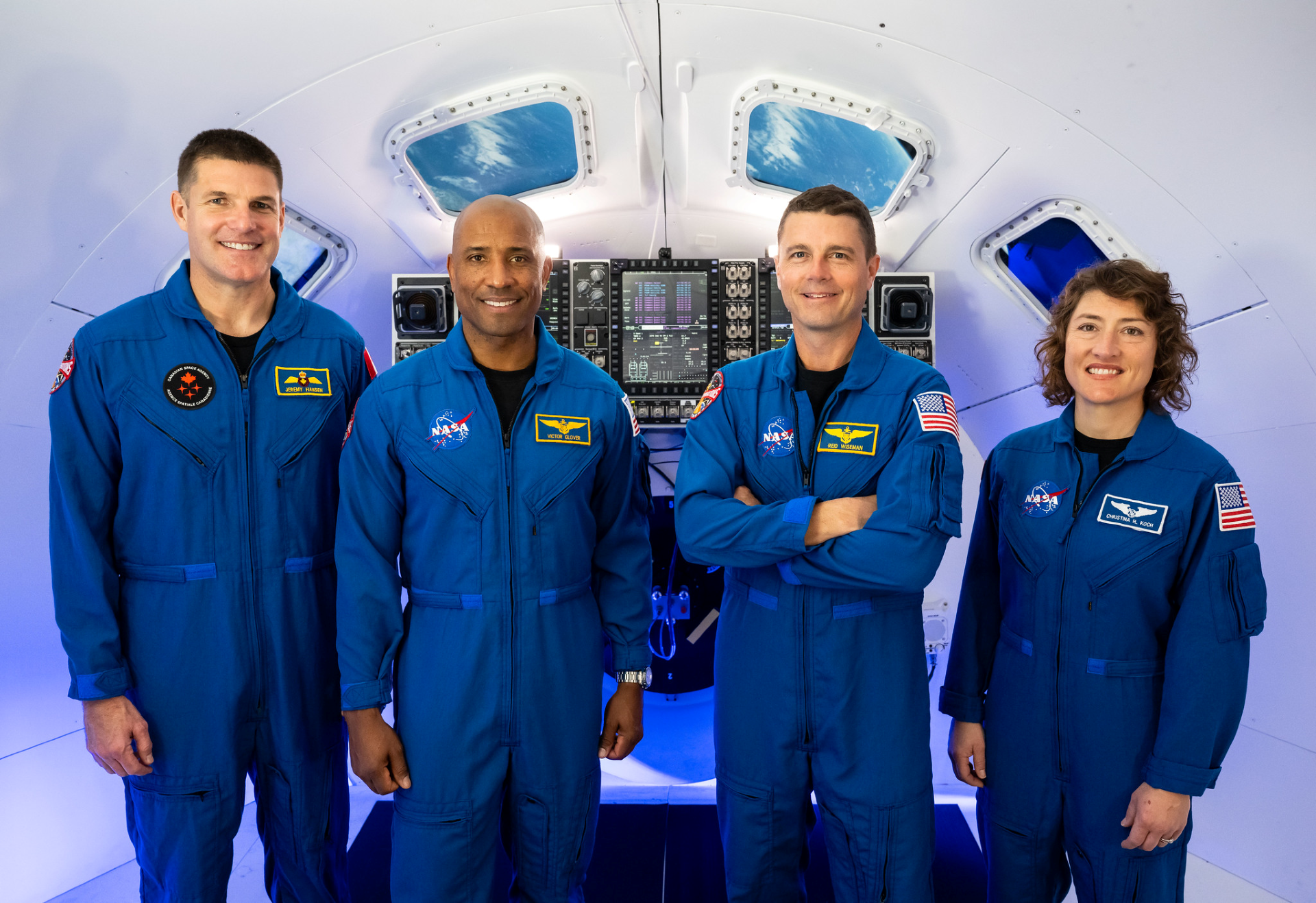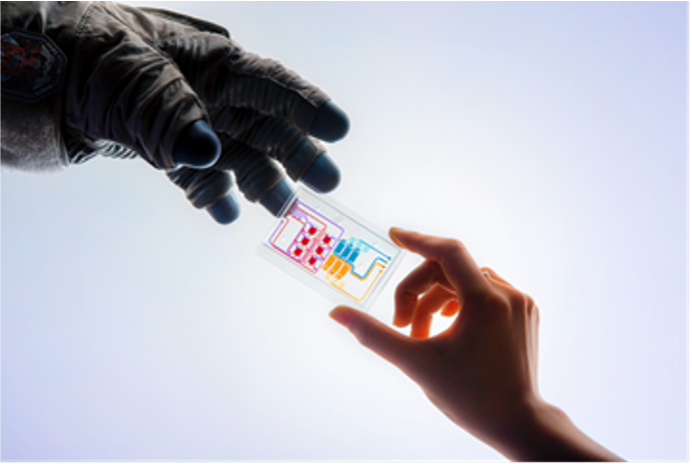BIOLOGICAL & PHYSICAL SCIENCES
Leveraging space to unlock the secrets
of aging and disease
Stressors encountered during space travel can affect human health, including bone and muscle loss, immune system function, microbes, and other biological responses. NASA research could provide vital information needed to help protect astronauts during future deep-space missions and advance the prevention and treatment of disease for people on Earth.
Impacts & Benefits
-
Precision Health
NASA studies the physiological, cellular, and genetic alterations that can occur during space travel. This fundamental research can help ensure crew health and safety on their missions, as well as contribute to significant advancements in medicine for all.
Human exploration exposes astronauts and their microbiomes to spaceflight stressors. NASA’s four Precision Health focus areas will provide a mechanistic understanding of the physiological, cellular, and genetic alterations that occur during space travel. Research will expand knowledge of the short- and long-term risks of prolonged deep-space exploration, as well as the onset and progression of disease and dysfunction that could affect astronauts beyond low Earth orbit. -
ADVANCING MOON AND MARS MISSIONS:
• A Virtual Astronaut Tissue Analog Response (AVATAR)
• Microbiome of the Built Environment (MoBE) -
ENABLING SPACE EXPLORATION:
• Identify the potential risks to human health prior to deep-space missions
• Support the development of risk mitigation strategies
• Inform personalized medical kits for crew -
BENEFITTING HUMANITY:
• Expand our scientific understanding of aging and disease
• Advance the use of biomedical technologies in research
• Contribute to healthcare improvements, such as cancer treatments
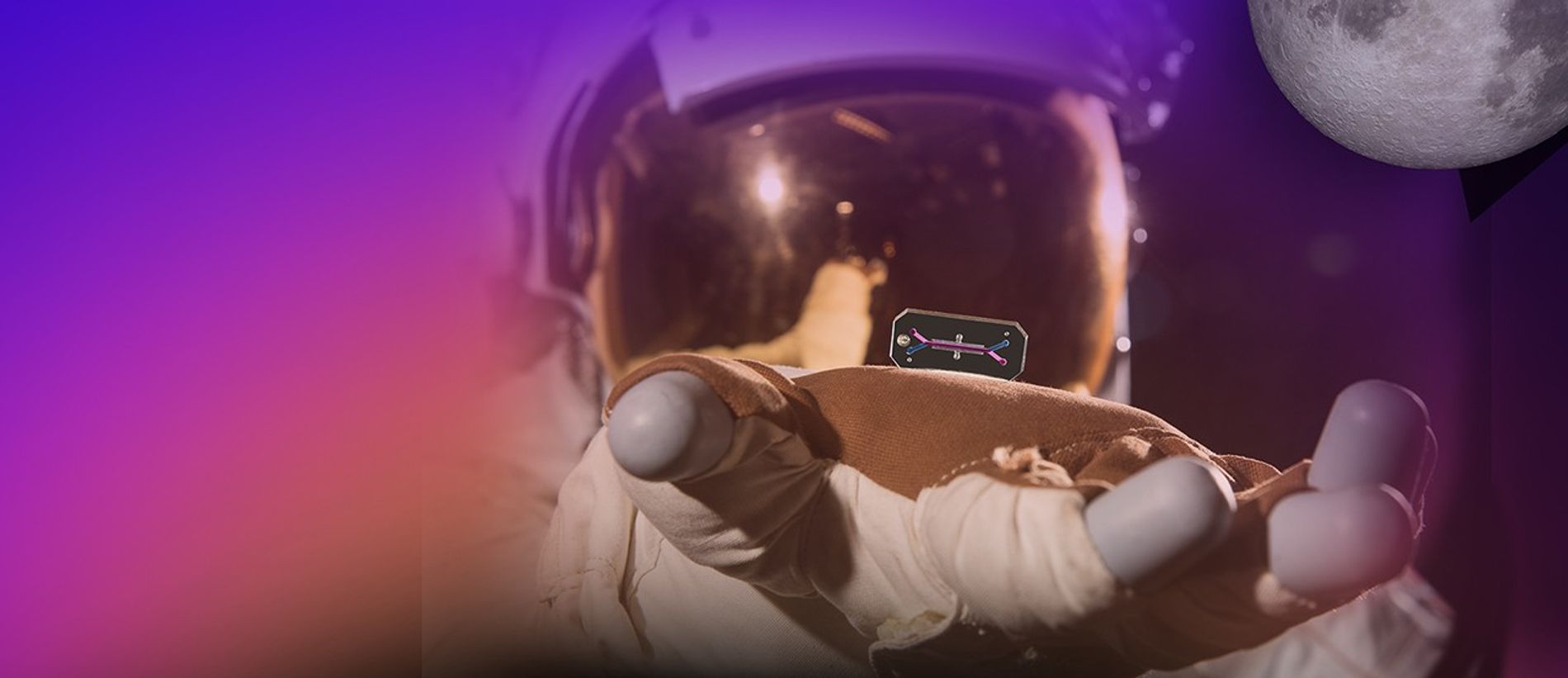
AVATAR (A Virtual Astronaut Tissue Analog Response)
Avatars for Astronaut Health to Fly on Artemis II
The investigation is a collaboration between NASA, multiple government agencies, and industry that seeks to gain a deeper understanding of human biology and disease, preventative measures, and personalized therapeutic treatments.
Learn More about Avatars for Astronaut Health to Fly on Artemis II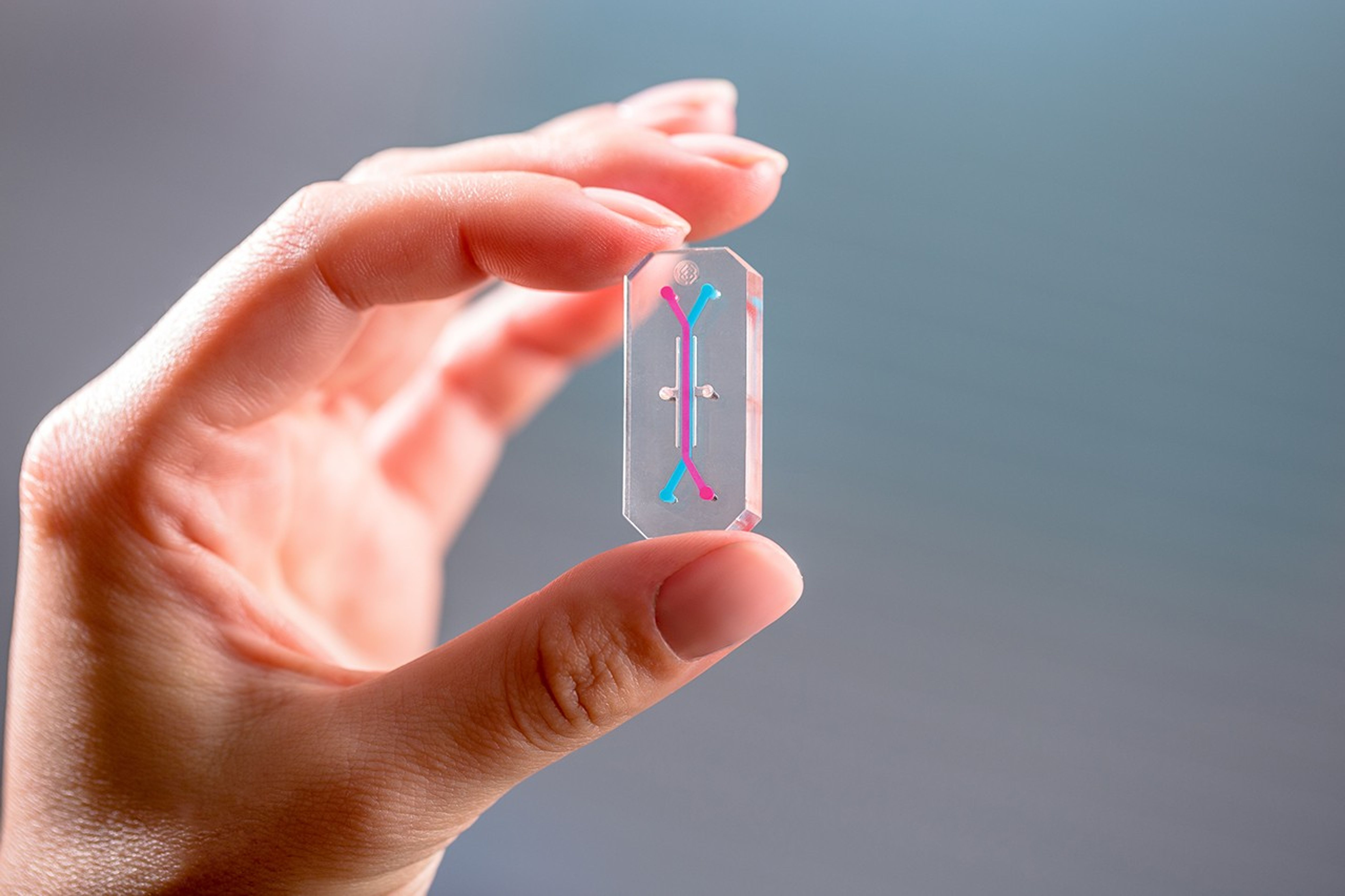
Organ-On-a-Chip (Organ Chips)
Organ-chips are tiny devices that act like small versions of human organs. Made with human cells, the chips mimic how tissues, such as the brain, heart, liver, or dozens of other organs, work. NASA research, including AVATAR, will focus on validating and leveraging these models to assess the impacts of deep-space stressors on human health. Insights could advance personalized medicine in space and on Earth.
Aging and Disease
Research to-date has revealed aging-like phenotypic changes that suggest spaceflight accelerates the onset and progression of age-related disease. NASA research aims to clarify this linkage by using relevant model systems and computational modeling and analyses. Work will focus on identifying the underlying mechanisms of spaceflight aging and disease and understanding if severity is altered by the duration or destination of the mission.
Synthetic Biology
Microbes can be used as tools for protecting human health. NASA will investigate ways to engineer molecules that are beneficial to astronaut health, such as vitamins or pharmaceuticals essential for long-duration missions. This could include developing beneficial bacteria to counteract disease or expanding capabilities such as biosensors for measuring low oxygen. Synthetic biology research could yield advancements benefitting agriculture, medicine, and manufacturing.
Acclimation and Adaptation
Organisms, including humans and microbes, may acclimate and adapt to living in a spaceflight environment. Acclimation is the short-term physiological responses organisms undergo, while adaptation involves permanent genetic changes resulting from exposure to selective environmental pressures. NASA research will focus on understanding the mechanisms of acclimation and adaptation and determining whether changes are beneficial or associated with dysfunction and disease.
Investigations
-
01
AVATAR (A Virtual Astronaut Tissue Analog Response)
This investigation will use organ-on-a-chip devices, or organ-chips, to study the effects of increased radiation and microgravity on human health. The chips will contain cells derived from Artemis II astronauts and accompany crew on their ten-day journey around the Moon.
-
02
GEARS (Genomic Enumeration of Antibiotic Resistance in Space)
This investigation will focus on two types of antibiotic-resistant bacteria, Enterococcus faecalis (EF) and Enterococcus faecium, that have been found on the International Space Station and can be hazardous to crew health.
-
03
Microgravity Associated Bone Loss-B (MABL-B)
This investigation tests potential treatments to prevent bone loss in astronauts by examining how microgravity affects bone-forming and bone-degrading cells. Focusing on blocking IL-6 protein signaling pathways that may contribute to bone deterioration in space.
-
04
Alteration of Bacillus Subtilis DNA Architecture in Space: Global Effects on DNA Supercoiling, Methylation, and the Transcriptome (BRIC-26)
The investigation will support the first in-depth evaluation of DNA structure for a microbe cultured in spaceflight. The work will provide a deeper understanding how the spaceflight environment can generate cellular outcomes that can in turn affect the greater health of the exploration ecosystem. This work pioneer's scientific discovery in the field of microbiology and supports the ability for crew to thrive in the deep space environment.
-
05
BioScience-4
The BioScience-4 mission is the first study to investigate the multiplication of nervous system stem cells in microgravity. This experiment will test whether these important cells from the brain and spinal cord divide faster into two daughter cells in the microgravity environment of space.
-
06
ADDITIONAL
Biological & Physical Sciences.
Our Goals At-A-Glance.
BPS Scientific Goals Overview
Revolutionary Research in Extraordinary Places.
NASA research contributes to breakthroughs that advance national priorities and maintain U.S. leadership in science and technology.
Studying the fundamental effects of space stressors (such as radiation and microgravity) on biological and physical phenomena promotes mission success and benefits life on Earth.
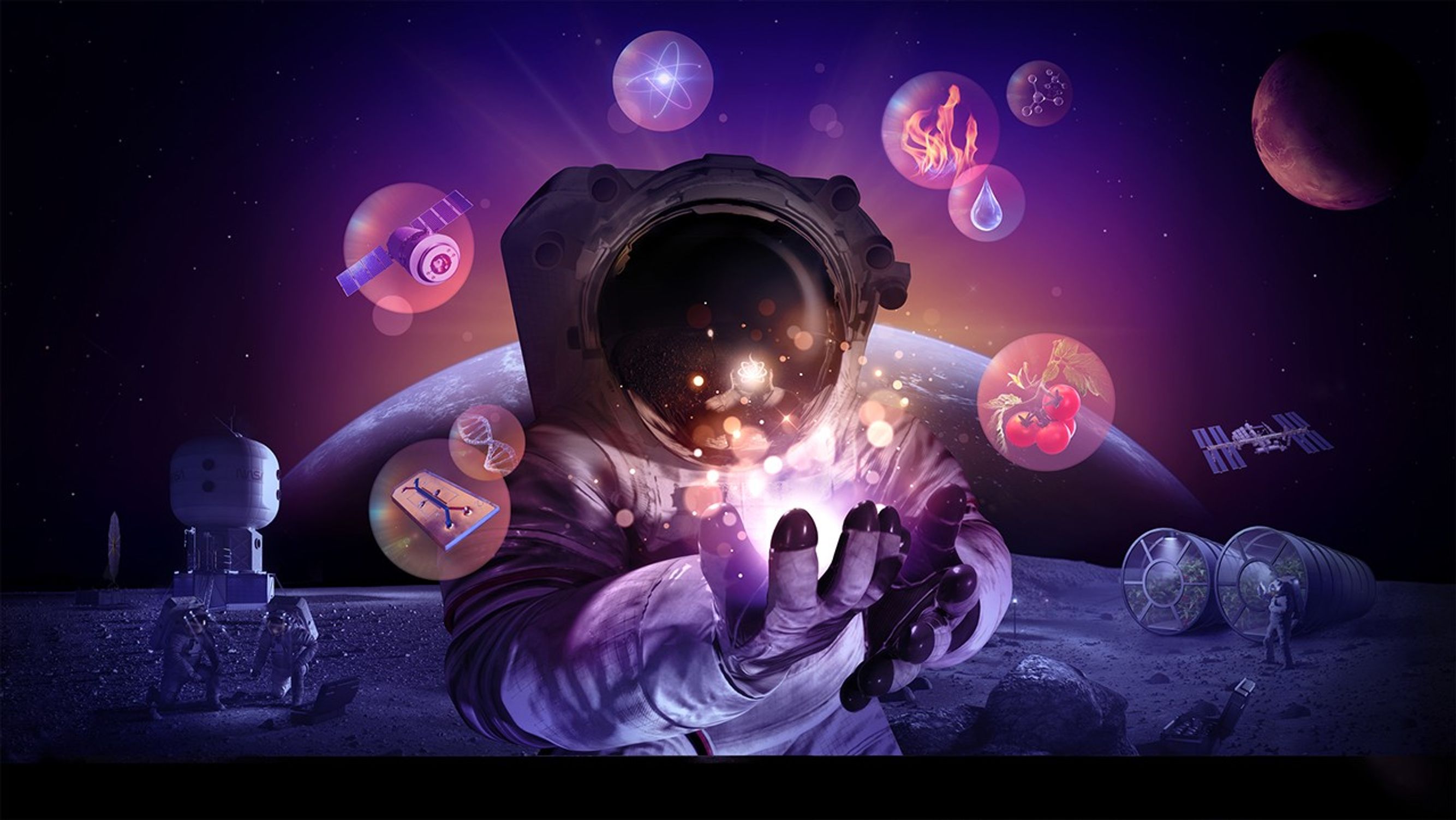
Quantum Leaps
Unraveling mysteries of the universe
While modern physics has led to numerous scientific breakthroughs, many aspects of quantum phenomena remain unexplained. NASA’s research conducted in space offers unique opportunities to advance quantum science in ways that Earth-based studies cannot. Technologies like smartphones, computers, GPS, and medical imaging all stem from quantum research. Continued exploration in this field could contribute to innovations beyond our most imaginative theories.
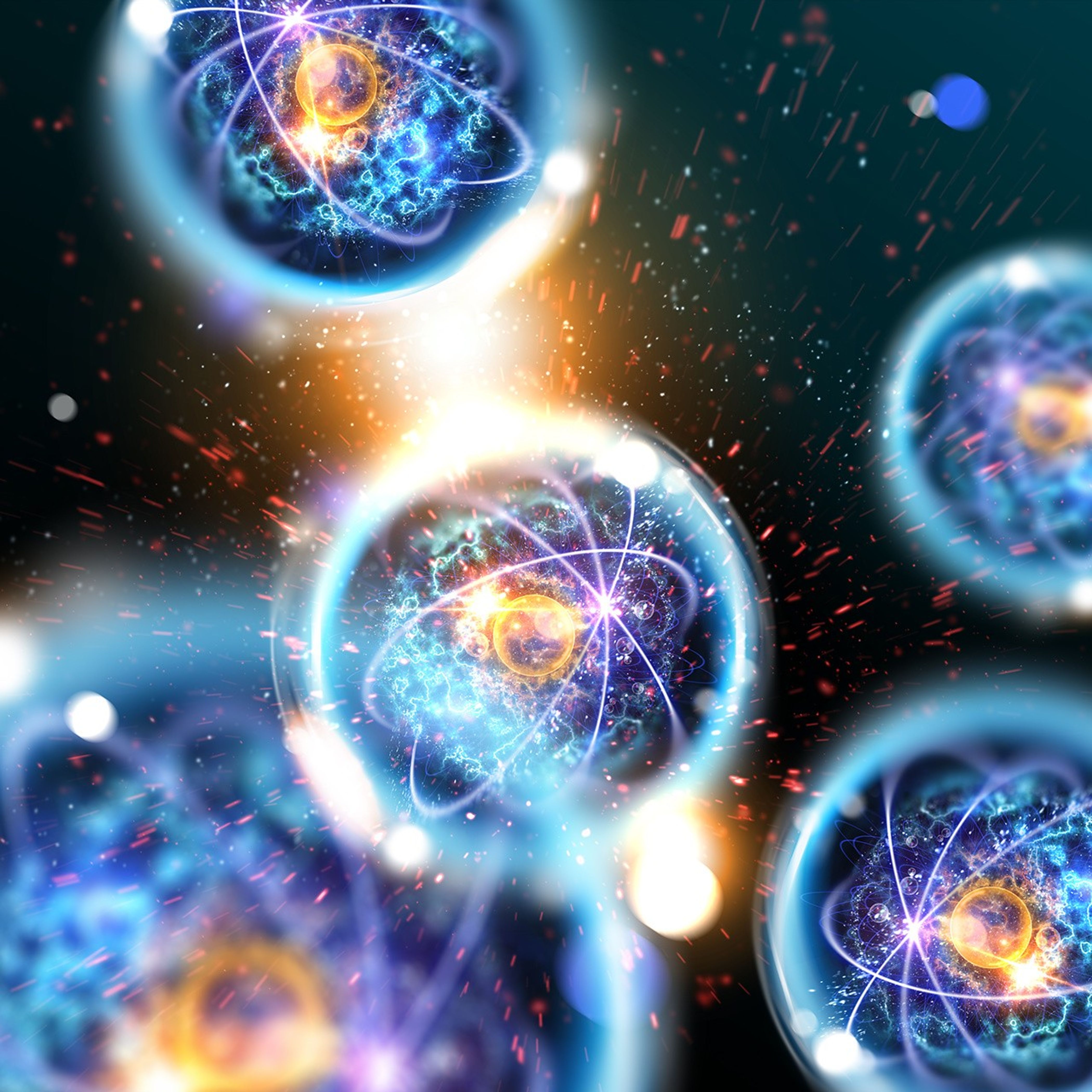
Foundations
Revealing the novel behaviors of fluids, fire, and materials in space
Physical phenomena behave differently in space: how flames burn, fluids flow, and materials react to extreme conditions. Research in these areas can lead to scientific breakthroughs and new technologies that enable safe, sustained missions to the Moon, Mars, and beyond. It can also contribute to everyday life, including improvements in fire safety, manufacturing, commercial products, and more.
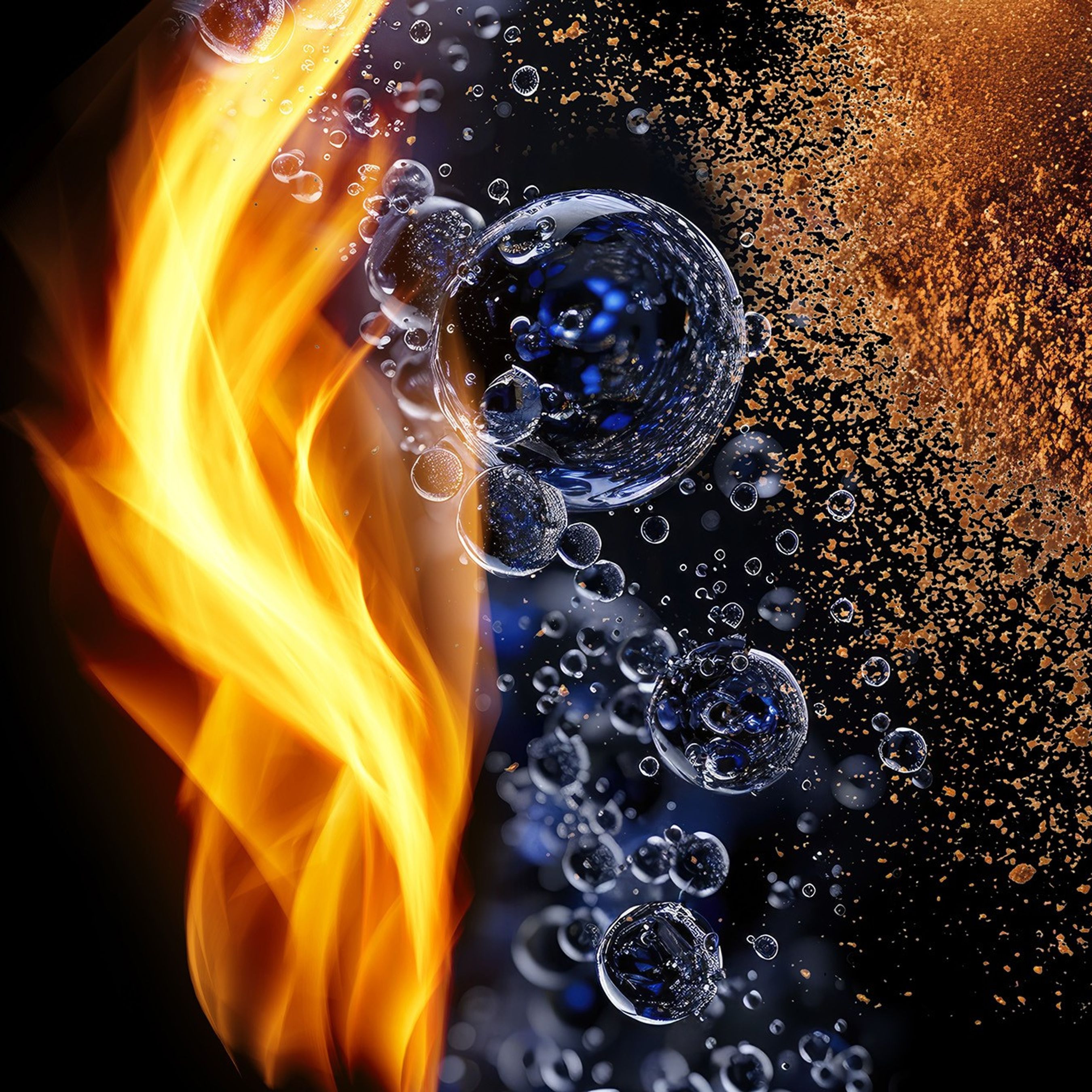
Space Crops
Boldly growing where no one has grown before
To go farther and stay longer in space, crew will need sustainable sources of nutrition. Crops can provide fresh food, benefit astronaut mental well-being, and improve space habitats. Studying how plants adapt to harsh conditions in space can lead to agricultural innovations that support deep-space exploration and improve farming in austere environments on our home planet.
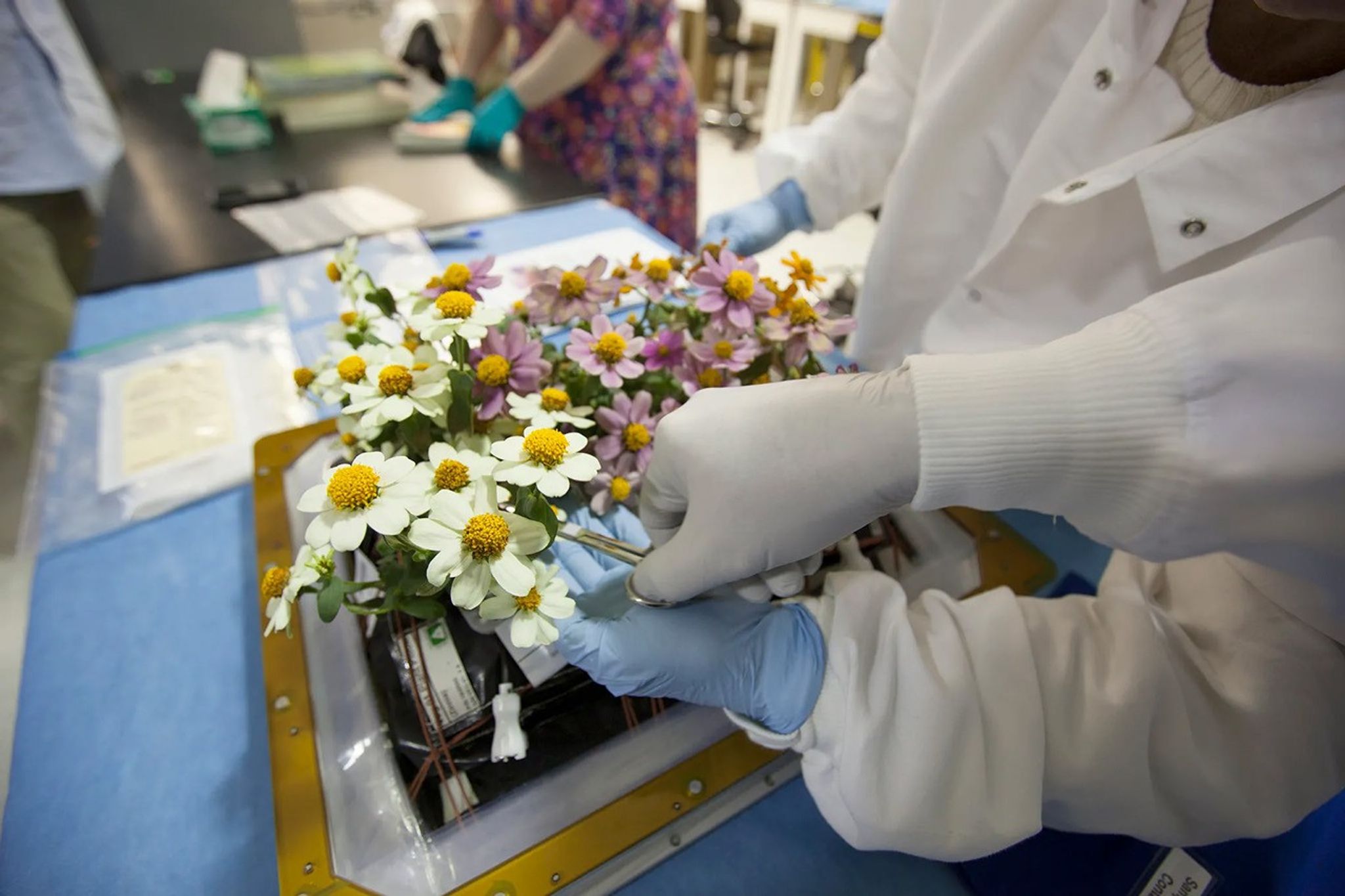
Space Labs
Advancing research in space, on any platform, anywhere
Conducting experiments in space reveals phenomena impossible to observe on Earth. Space Labs enable the use research capabilities across a spectrum of spaceflight environments — suborbital, low Earth orbit, Moon, Mars, and distant destinations — to push the boundaries of scientific knowledge.
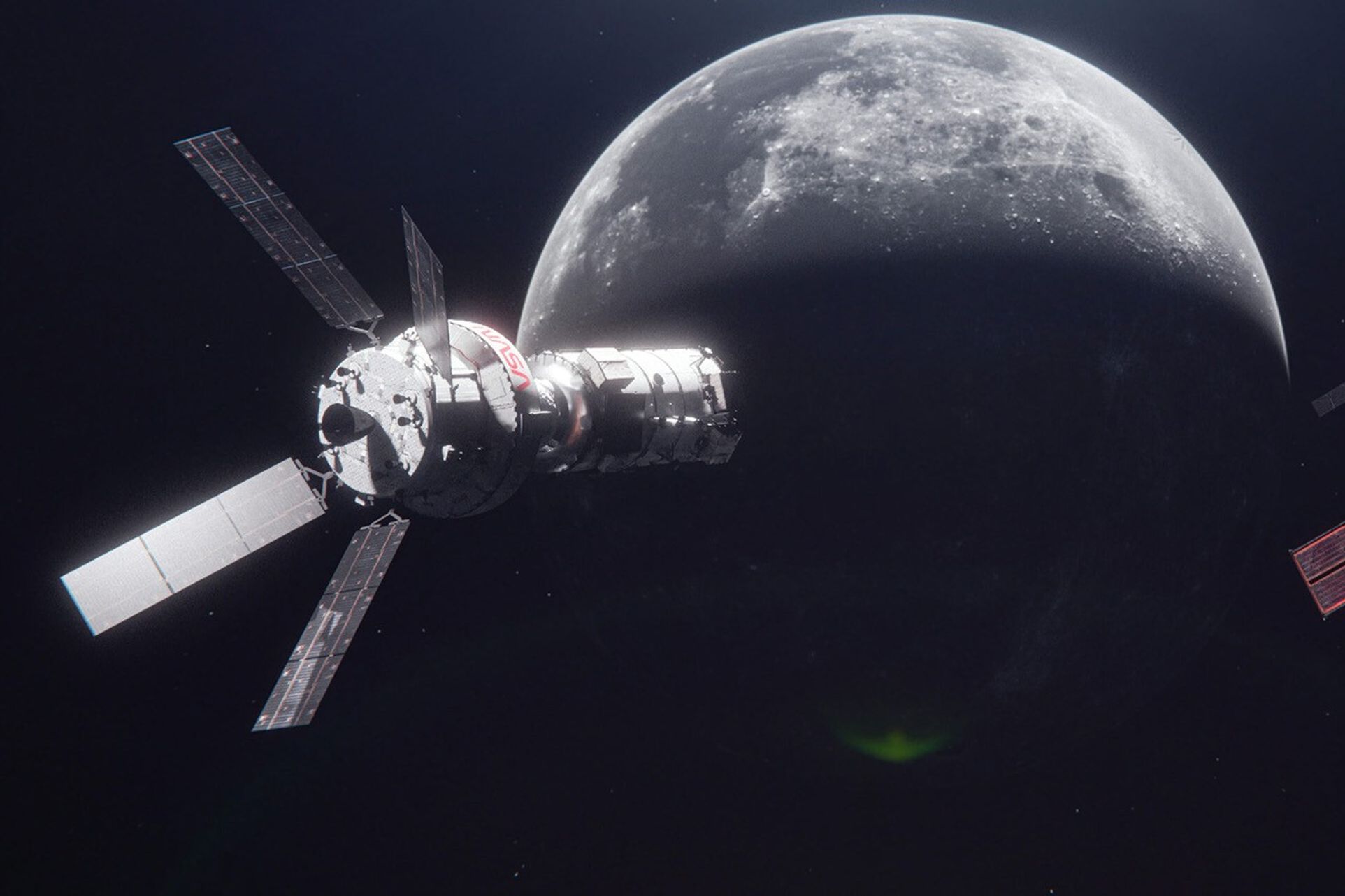
Biological & Physical Sciences Division
-
NASA’s Biological and Physical Sciences Division pioneers scientific discovery and enables exploration by using space environments to conduct investigations not possible on Earth. Studying biological and physical phenomenon under extreme conditions allows researchers to advance the fundamental scientific knowledge required to go farther and stay longer in space, while also benefitting life on Earth.








